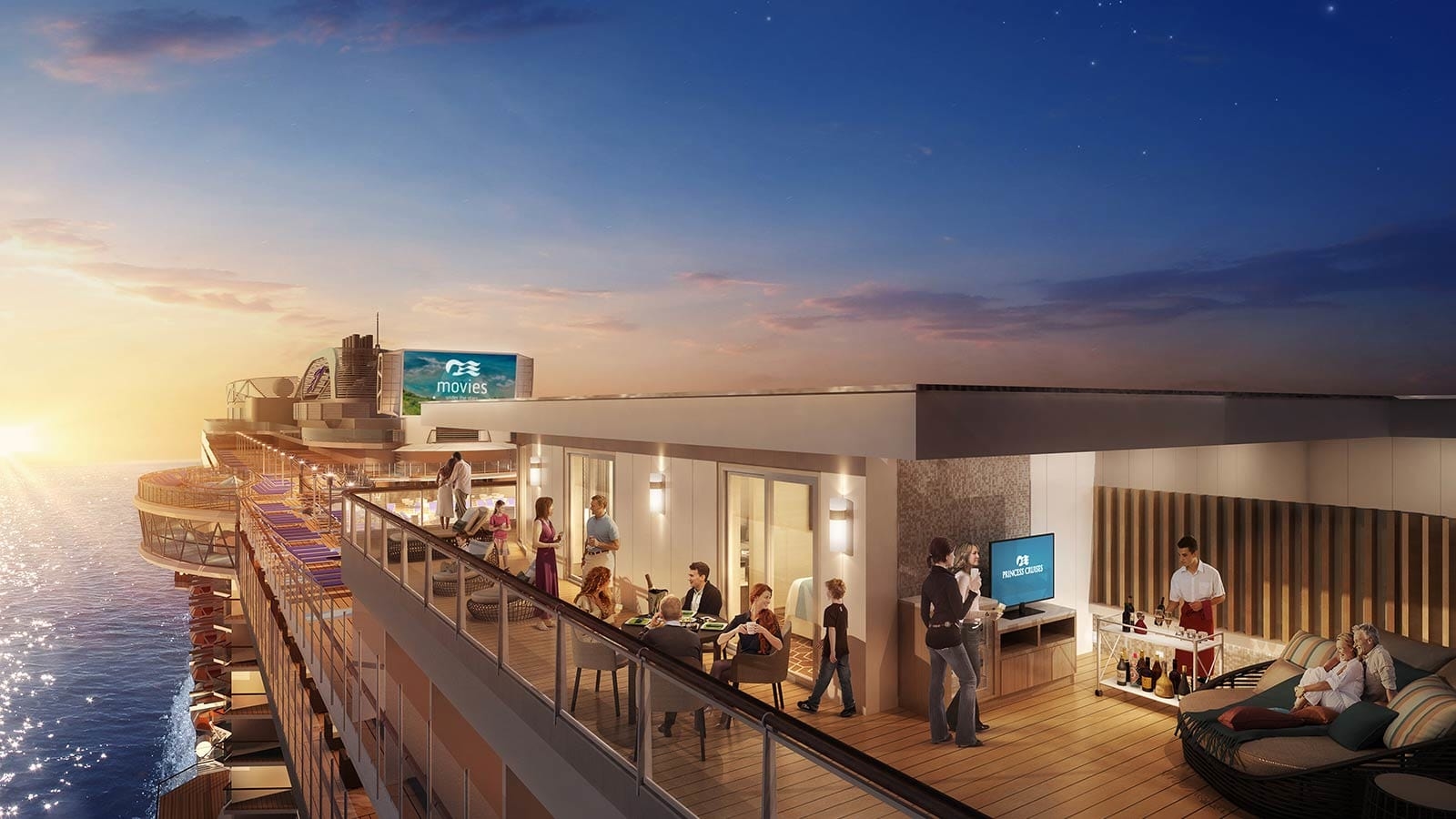Please complete the form below



According to the popular 1960 beach movie, Fort Lauderdale is “where the boys are.” The city’s reputation as America’s Spring Break capital, however, has been replaced with the more favorable image of a prime family tourist destination, attracting more than 10 million visitors annually. The most popular beach resort in Florida is even more rightly famed as the “Yachting Capital of the World,” with more than 40,000 registered crafts calling its waters home. The city also prides itself on being the “Venice of America” with more than 300 miles of navigable waterways. Fort Lauderdale boasts world-class theaters, museums, sightseeing, and shopping.
Grand Turk, the capital of the Turks and Caicos Islands, is a small island bursting with turn-of-the-century Caribbean charm, retaining the look and feel of the Caribbean 40 years ago. Grand Turk was founded by Bermudan salt rakers some three centuries ago and its Bermudan-British-colonial architecture surrounded by colorful local dwellings make the island a treasure to visit. It is recognized as being one of the first places in the New World where Christopher Columbus landed and also gained worldwide attention when John Glenn splashed down near Grand Turk on his historic first mission to space. Grand Turk is six miles long and just over a mile wide with a population of only 6,000. It is blessed with miles of uncrowded, beautiful beaches and is close to several uninhabited cays such as Gibb’s Cay, home of the stingray encounter. While there are many landside attractions to explore such as the Old Prison, Lighthouse Park, and the re-created salt salina, the real beauty of the island lies underwater. Grand Turk is world-famous for its healthy and beautiful coral reefs that surround the island, stretching almost from the coastline to the 7,000-foot vertical wall just offshore.
Amber Cove is a cruise terminal in Puerto Plata Province in the Dominican Republic. The terminal includes lodging and retail stores.
The oldest city under the American flag, San Juan vibrates to a lively salsa beat. There’s an unmistakable zest in the air here. Perhaps it’s the stunning natural setting: the verdant peaks, tropical forests, and gleaming white-sand beaches. Or maybe it’s Puerto Rico’s mix of cultures, the blend and occasional clash of four centuries of Spanish heritage overlaid with a century spent as America’s only Commonwealth. Whatever the reason, San Juan is one of the most enticing ports in the Caribbean, and it only gets lovelier with age.
St. Maarten offers a delightful case of split personality. Legend has it that a Frenchman and a Dutchman divided ownership of the island through a walk-off: Standing back to back, the two headed in opposite directions, walking around the island until they met. Perhaps the Dutchman paused for a refreshing brew. At any rate, the French ended up claiming 21 square miles of the island to 16 square miles for the Dutch. This lively tale says much about St. Maarten’s easygoing ways. No formal boundary exists between the Dutch and French sides of the island; a simple welcome sign tells you when you cross from one country to the other. But the differences are as noticeable as the spelling of the island’s name. The French spell it St. Martin. And it’s this split personality that lends so much to the island’s charms, including an international reputation for the finest cuisine in the Caribbean.
The largest of the British Leeward Islands, Antigua (pronounced an-tee-ga) boasts one of the Caribbean’s most spectacular coastlines with secluded coves and sun-drenched beaches. The island’s rolling hills are dotted with stone sugar mills, relics from the bygone era when sugar was king. Historic Nelson’s Dockyard, where Admiral Horatio Nelson quartered his fleet in 1784, attests to Antigua’s long and colorful nautical history during colonial times. And St. John’s, the island’s bustling capital, offers visitors a wealth of boutiques, restaurants and pubs.
Jagged volcanoes soaring above azure and turquoise seas, dense rainforests in myriad shades of green, rolling fields of sugarcane–welcome to St. Kitts. Along with its neighbor, Nevis, St. Kitts presents an exotic landscape more common to Polynesia than the Caribbean. The islands’ terrain, rich soil, and climate made them ideal locations for raising sugarcane. In fact, St. Kitts and Nevis were once the crown jewels of the Caribbean. During the 17th and 18th centuries, Spain, France and England vied for control of the islands, with the English finally winning out in 1787. Today, British and French heritage is evident on both islands. Basseterre, the capital of St. Kitts, boasts fine, restored colonial buildings. Impressive Brimstone Hill Fortress, called the “Gibraltar of the West Indies,” is one of the most impressive fortresses in the Caribbean.
According to the popular 1960 beach movie, Fort Lauderdale is “where the boys are.” The city’s reputation as America’s Spring Break capital, however, has been replaced with the more favorable image of a prime family tourist destination, attracting more than 10 million visitors annually. The most popular beach resort in Florida is even more rightly famed as the “Yachting Capital of the World,” with more than 40,000 registered crafts calling its waters home. The city also prides itself on being the “Venice of America” with more than 300 miles of navigable waterways. Fort Lauderdale boasts world-class theaters, museums, sightseeing, and shopping.
Please complete the form below